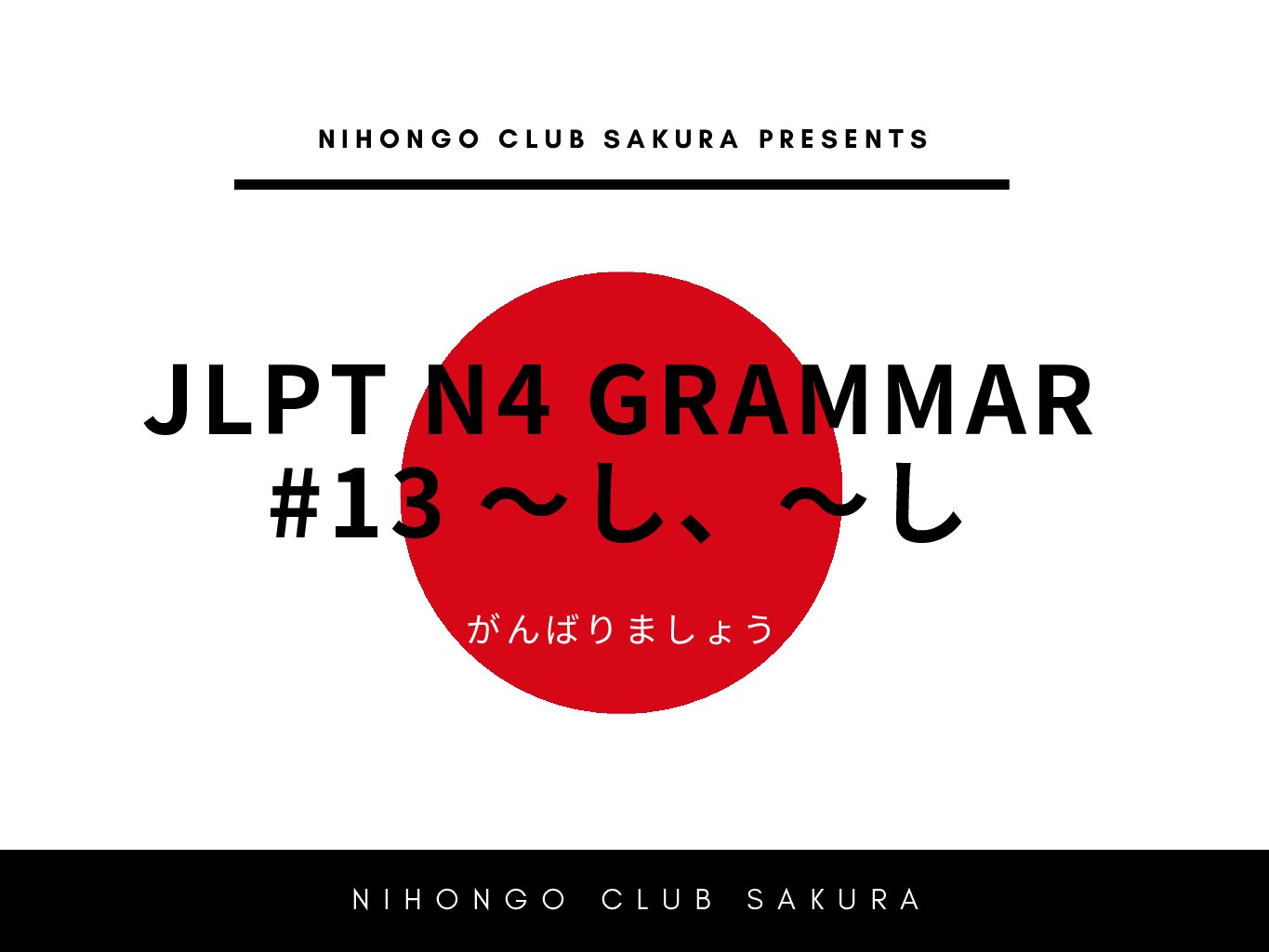1. 間 (あいだ)
- Meaning: To do something and something takes place for the entire duration of an action or state.
- Usage: Used when the action or state lasts for the entire period.
- Example:
- 私は昼ごはんの間、友達と話しました。
I talked with my friend (the whole time) during lunch. - 子どもが寝ている間、私はテレビを見ていた。
I was watching TV (the whole time) while my child was sleeping. - 友だちを待っている間、宿題をしていた。
I was doing my homework (the whole time) while waiting for my friend.
- 私は昼ごはんの間、友達と話しました。
- For a better understanding of this grammar 間(あいだ)、go to 間(あいだ)grammar format.
2. 間に (あいだに)
- Meaning: Refers to something that happens at some point during the duration of another action or state.
- Usage: Used when the action occurs at some point within the period, not necessarily for the entire duration.
- Example:
- 昼ごはんの間に、友達が来ました。
My friend came during lunch.→In this case, “間に” indicates that the friend came at some point during lunch, but not necessarily for the entire lunch. - 子どもが寝ている間に、地震がありました。
There was an earthquake while my child was sleeping. - 夏休みの間に、たくさん旅行したい。
I would like to travel a lot during summer vacation. → It doesn’t necessarily mean to travel for the entire summer vacation.
- 昼ごはんの間に、友達が来ました。
- For a better understanding of this grammar 間(あいだ)、go to 間に(あいだに)grammar format.
Summary:
- 間 (あいだ): Emphasizes the entire period of an action or state.
- 間に (あいだに): Focuses on an event occurring within the period of another action or state.



Comment